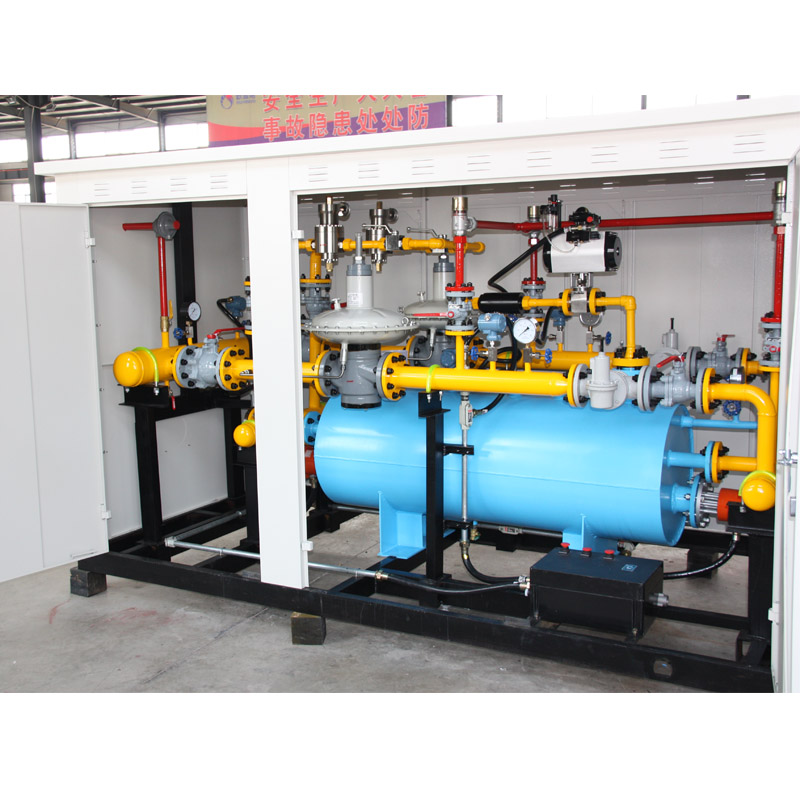
Dec . 15, 2024 16:51
Back to list
منظم ضغط الغاز الطبيعي
The Role of Gas Pressure Regulators in Natural Gas Systems
Natural gas is a vital energy source that powers homes, industries, and transportation systems across the world. As the demand for this cleaner fossil fuel increases, so does the necessity for efficient and safe management of its supply. One of the essential components in the distribution of natural gas is the gas pressure regulator. This article delves into the functions, types, and significance of gas pressure regulators in the realm of natural gas systems.
Gas pressure regulators are devices designed to control the pressure of gas flowing through pipelines. Their primary function is to reduce the high pressure of natural gas coming from transmission lines to a safe and usable level for consumers. Without regulators, the variation in pressures could cause leaks, equipment failure, or hazardous conditions that may even lead to explosions.
The operation of a gas pressure regulator is relatively straightforward. It works by utilizing a diaphragm that responds to the pressure of the gas flowing into the regulator. When the gas enters at a higher pressure, the diaphragm flexes, which in turn actuates a valve that reduces the gas's pressure as it exits. This mechanical process ensures a constant output pressure, allowing users to receive a steady and reliable supply of natural gas.
There are several types of gas pressure regulators, each tailored for specific applications. The most common types include
1. First-Stage Regulators These are typically used in high-pressure situations like gas transmission. They reduce the incoming pressure from the transmission main to a lower intermediate pressure.
.
3. Line Regulators These are designed for specific applications and serve to maintain a constant outlet pressure regardless of changes in the inlet pressure or flow rate.
منظم ضغط الغاز الطبيعي

4. Overpressure Protection Regulators These regulators provide an additional safety measure by automatically shutting off gas flow in the event of an unexpected surge in pressure, preventing potential hazards.
The significance of gas pressure regulators cannot be overstated. They play a crucial role in
- Safety By maintaining the appropriate pressure levels, these regulators mitigate the risk of accidents, gas leaks, and potential explosions, thus ensuring the safety of consumers and facilities.
- Efficiency Regulators help maintain optimal operating conditions for gas appliances. By providing a consistent pressure, they enhance the efficiency of gas-fired systems, leading to energy savings and lower utility bills.
- Regulatory Compliance Natural gas distributors must adhere to strict safety regulations set by governmental agencies. Gas pressure regulators are key components in ensuring compliance with these regulations, contributing to safe gas distribution systems.
- System Longevity Maintaining appropriate pressure levels helps prevent wear and tear on appliances and piping systems. This contributes to a longer lifespan for both the gas infrastructure and the appliances that depend on it.
In conclusion, gas pressure regulators are critical components in natural gas systems, playing a vital role in safety, efficiency, compliance, and the longevity of gas infrastructure. As the world continues to turn toward cleaner energy solutions, understanding the importance of such devices becomes increasingly essential. With advancements in technology, we can expect more sophisticated and reliable gas pressure regulation systems that enhance the overall effectiveness of natural gas distribution, ensuring a safe and sustainable energy future. The careful regulation of gas pressure not only supports the functioning of millions of appliances but also underscores the importance of rigorous engineering practices in the pursuit of energy production and consumption management.
Latest news
-
Safety Valve Spring-Loaded Design Overpressure ProtectionNewsJul.25,2025
-
Precision Voltage Regulator AC5 Accuracy Grade PerformanceNewsJul.25,2025
-
Natural Gas Pressure Regulating Skid Industrial Pipeline ApplicationsNewsJul.25,2025
-
Natural Gas Filter Stainless Steel Mesh Element DesignNewsJul.25,2025
-
Gas Pressure Regulator Valve Direct-Acting Spring-Loaded DesignNewsJul.25,2025
-
Decompression Equipment Multi-Stage Heat Exchange System DesignNewsJul.25,2025

